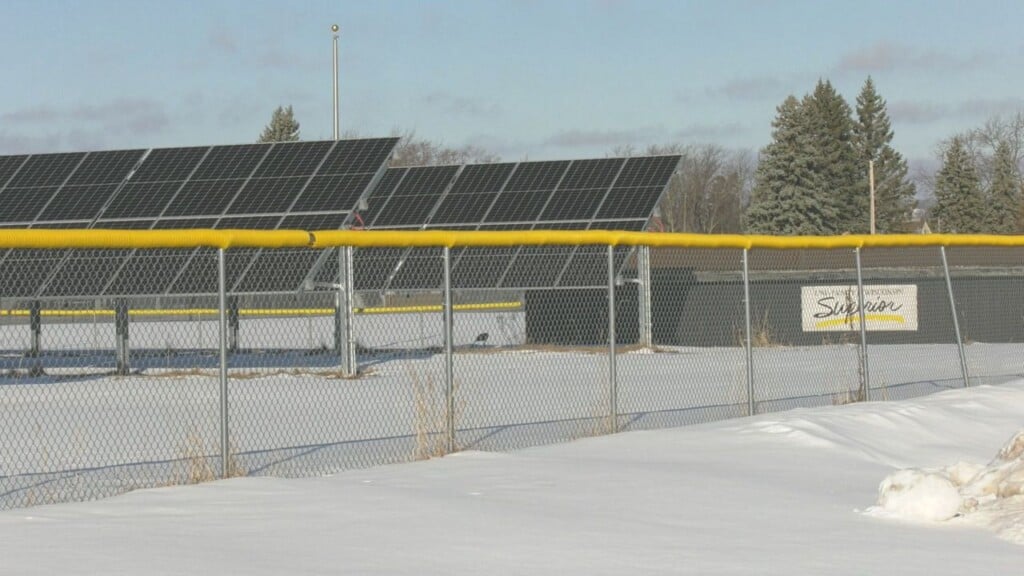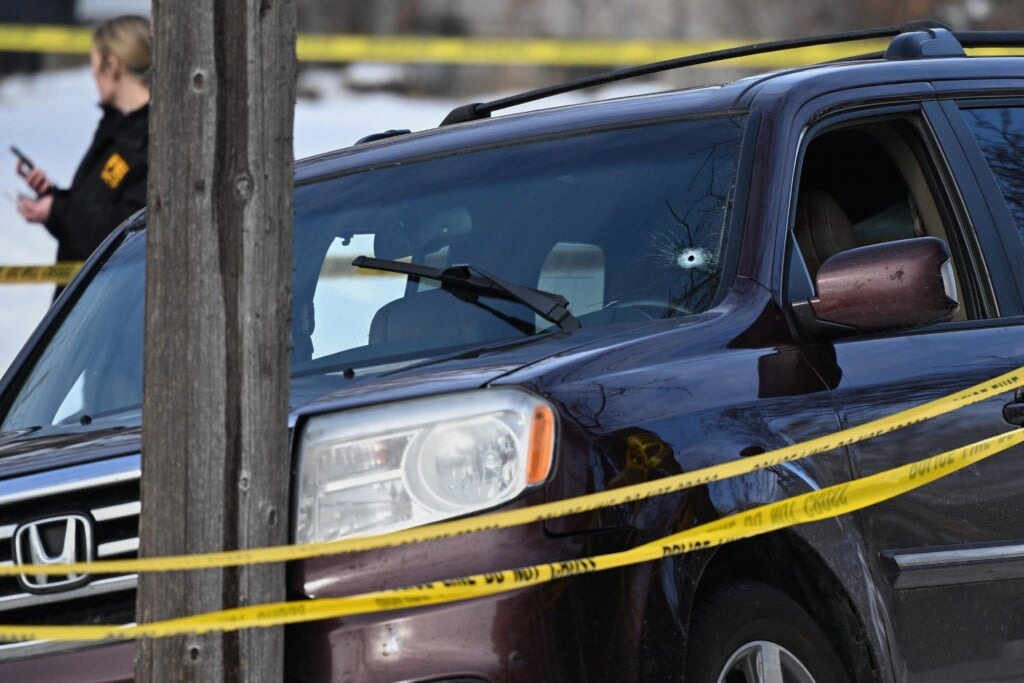MN DNR: Lower Rates of Human/Bear Conflict due to Good Berry Production
DULUTH, Minn. — We may not have lions and tigers, but we sure have black bears here in the northland. The Minnesota Department of Natural Resources weighs in on how the species is doing this season, along with rates of human/bear conflict.
“We thought we were in for quite a long summer for lots of human bear conflict,” said MN Dept. of Natural Resources Bear Project Leader Andrew Tri.
Minnesota — home to the iconic black bear species. Often found in forests and swamps, and sometimes, in your own back yard.
“I mean there are bears that live in the city limits of Duluth very regularly. We have those major creeks that come in and out of the town, Miller Creek and down by the bowl, that sort of thing,” stated Tri.
Right now, the states bear population is stable to increasing at roughly 12,000 – 16,000.
“Generally the more southern populations are increasing a bit faster than those up kind of in the northland the Northeast part of the state,” said Tri.
Same story in Wisconsin, with the Wisconsin Department of Natural Resources reporting rising rates of black bears in the region.
And while the species is rarely aggressive, Tri said, “we did have one human injury from a black bear down in the Nisswa area earlier this spring.”
A 65-year-old woman was letting her dog out when the attack occurred. The DNR believed the bear was startled by the dog. This bear attack was the 10th incident involving a serious injury since 1987.
“Northlanders have been dealing with bears since there have been people here for generations and generations. So, it’s just about making sure you’ve got those attractants secured and just being bear-wise.”
Here’s how Tri says you can stay “BearWise” and avoid feeding the species on purpose or inadvertently. “Make sure you have your bird feeders down in the summer time. Make sure your trash is locked up in a building or shed until the morning of collection for pick up. Clean off your grill really good when you’re done using it. And anything that might attract the bear into your yard, make sure that’s locked up and secured when those bears are active.”
Along with the bear population stable and expanding, high-tech eyes are allowing more bear siting’s to be captured, in a statement from Tri. “You know, lots of people have ring cameras, lots of cool videos of bears getting into troubles around peoples houses.”
Meanwhile, reports of human/bear conflict are actually down this year compared to years past, due in part to good berry production.
“Sometimes with a late winter, the foods are unavailable for a longer period of time then they normally would be. It takes longer for the green up to happen, but we got some really good rain right after the snow melted and things greened up kind of on schedule.” Tri went on to say, “that’s the real saver for both time and frustration with people is when those natural food crops are good, that’s what the bears prefer.”
However, that’s not the case across the state. “If you move further South, down in the St. Cloud area, that forest is dry and crispy. So, we have more conflicts in that general area.”
In fact, blueberry fields in Stillwater may have just closed for the summer do to extreme heat and spoiled berries.
“I have a prayer that I hope is answered that our fruit that is still green and pink can actually weather the heat storm,” said Stillwater Blueberry Field Owner Summer Kuehn.
Here in the northland, if you do venture out and berry pick yourself, Tri said to keep these three things in mind. “Make noise. Travel in groups. Just be alert to your surroundings so you don’t accidentally surprise a bear.”
Tri went on to say, “it’s pretty easy to make some simples steps and prevent most of the human/bear conflict and get along with these guys.”







